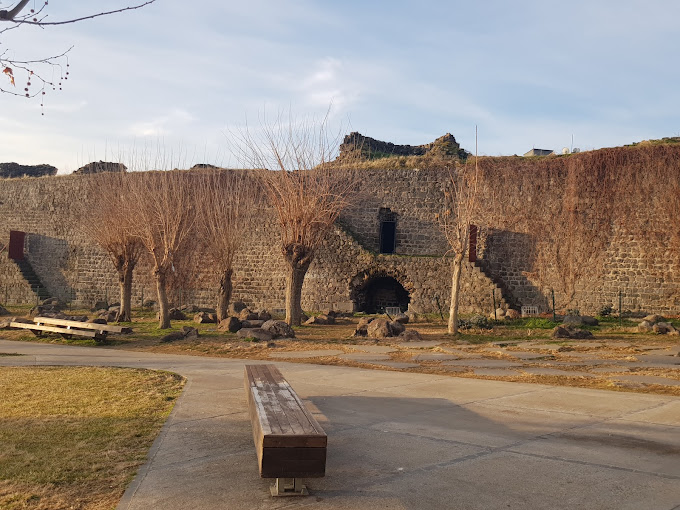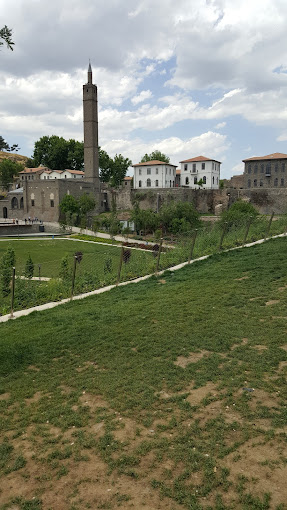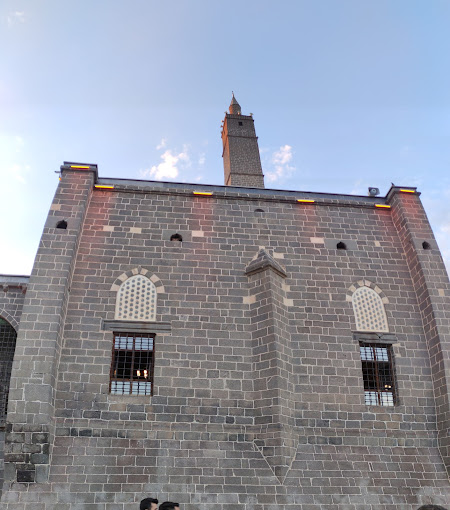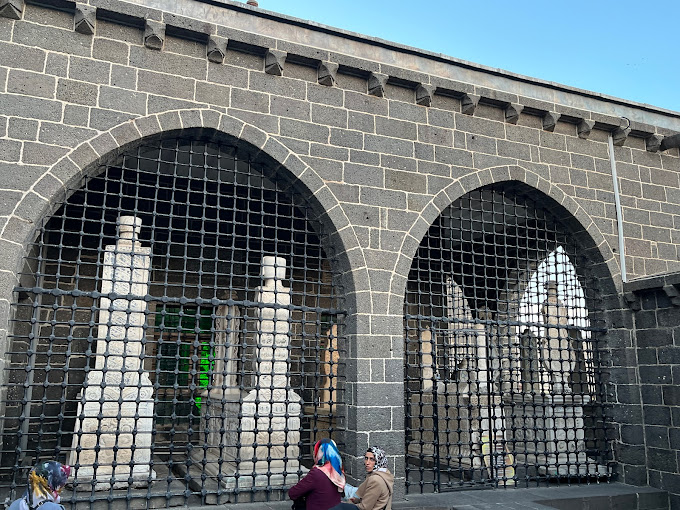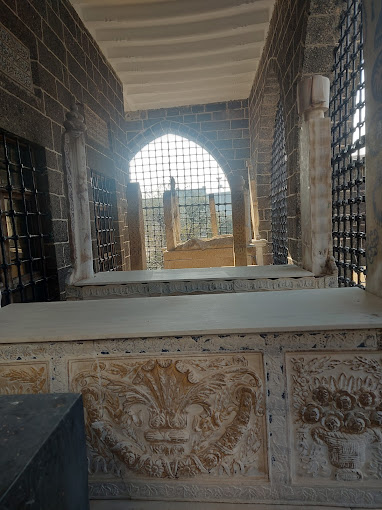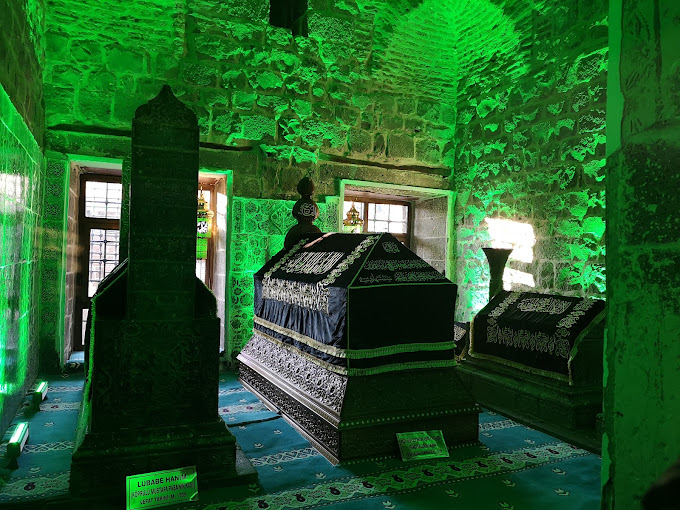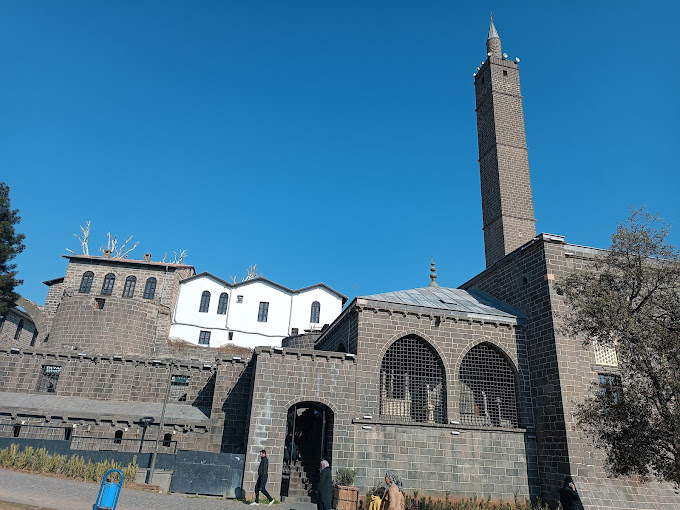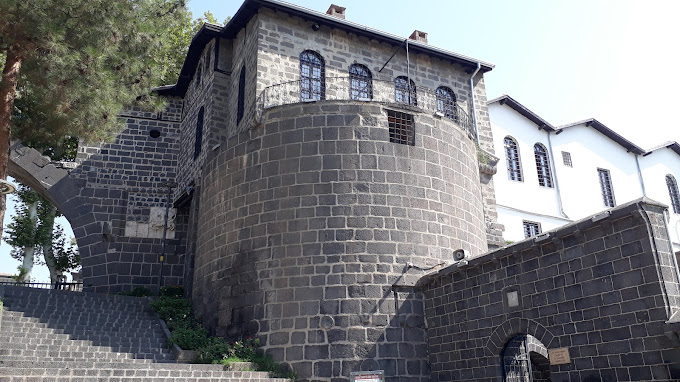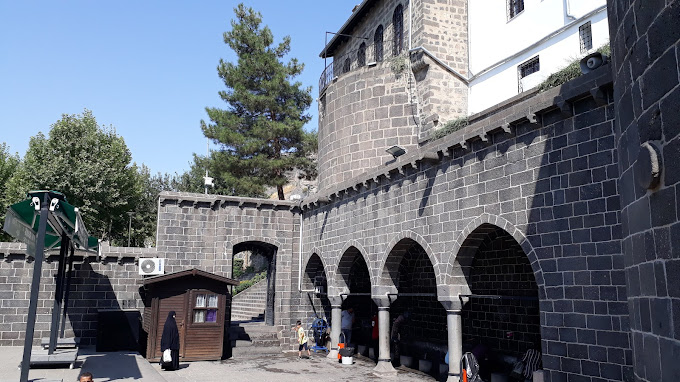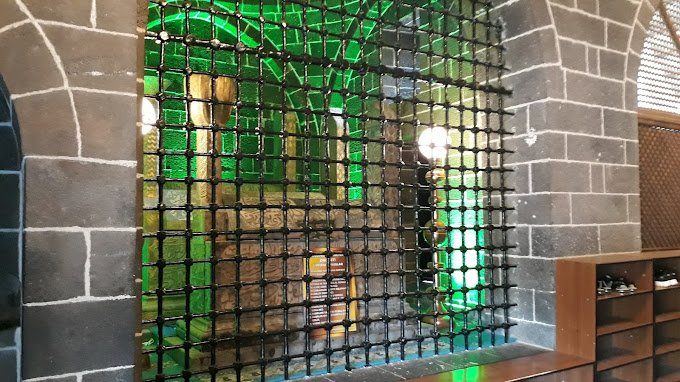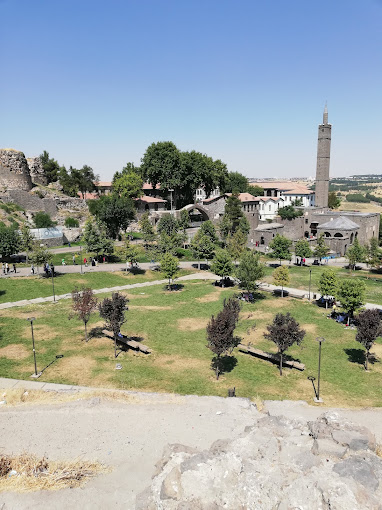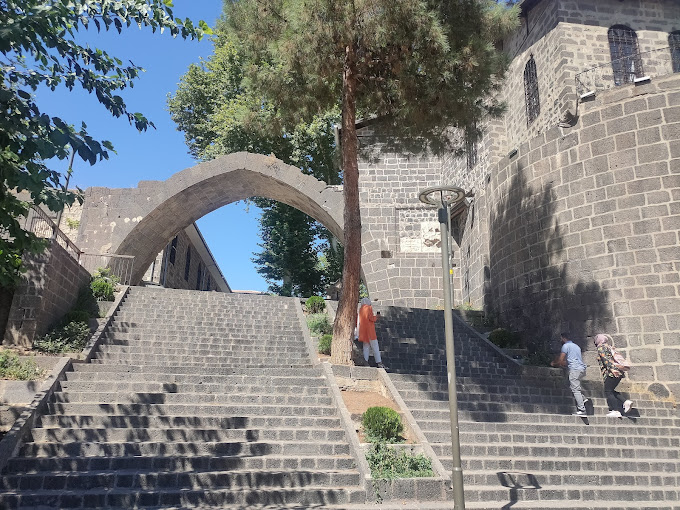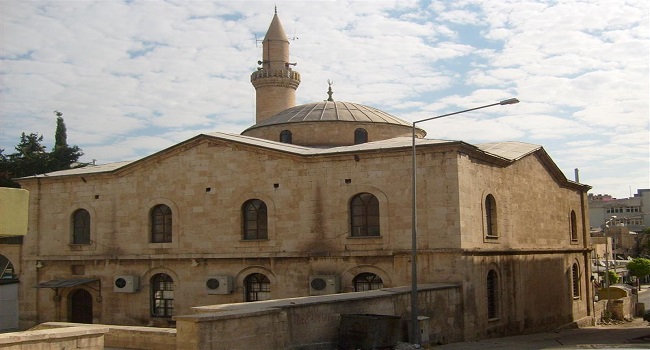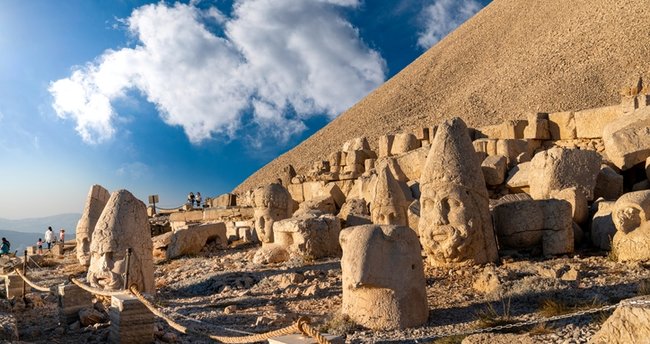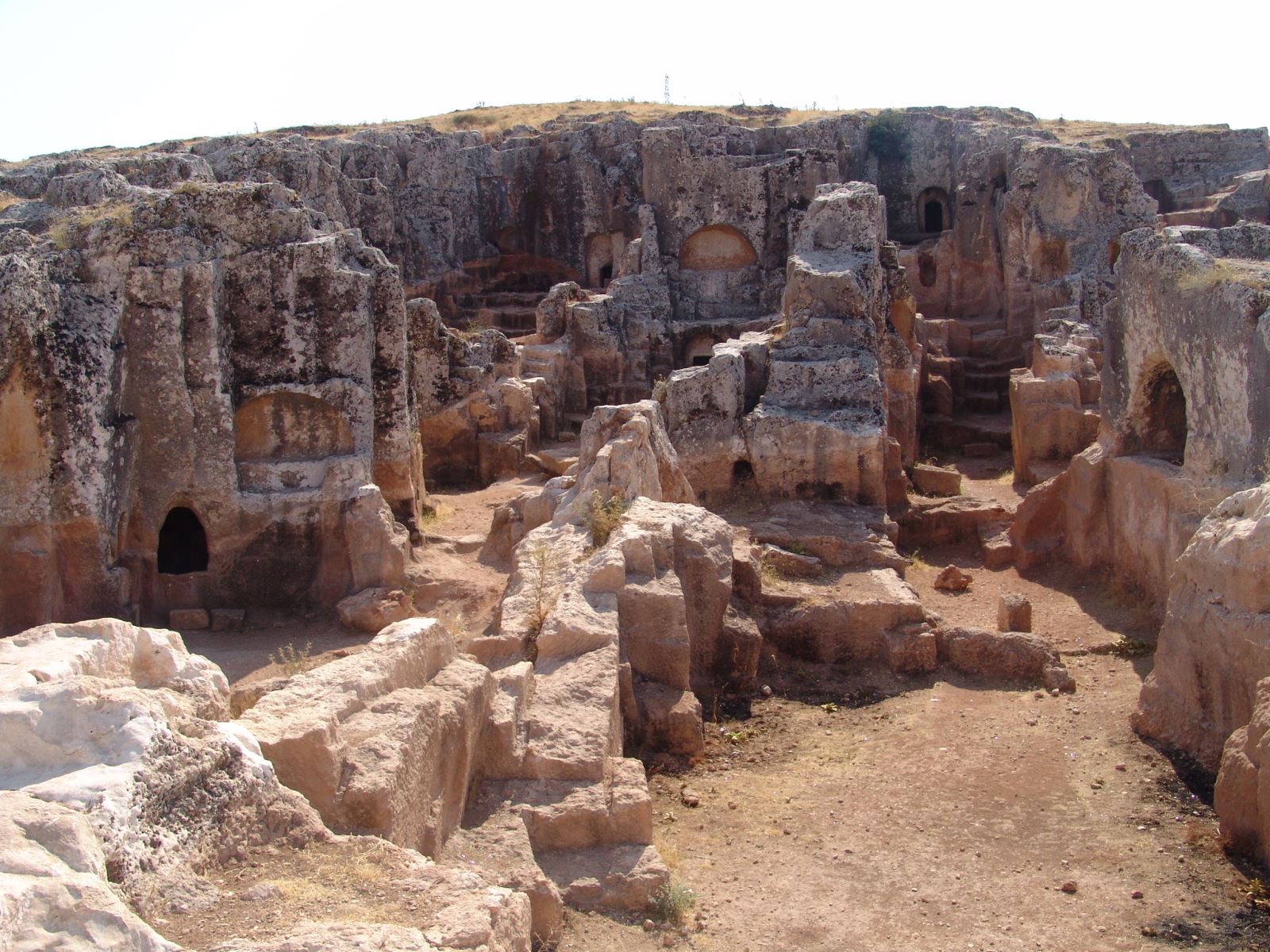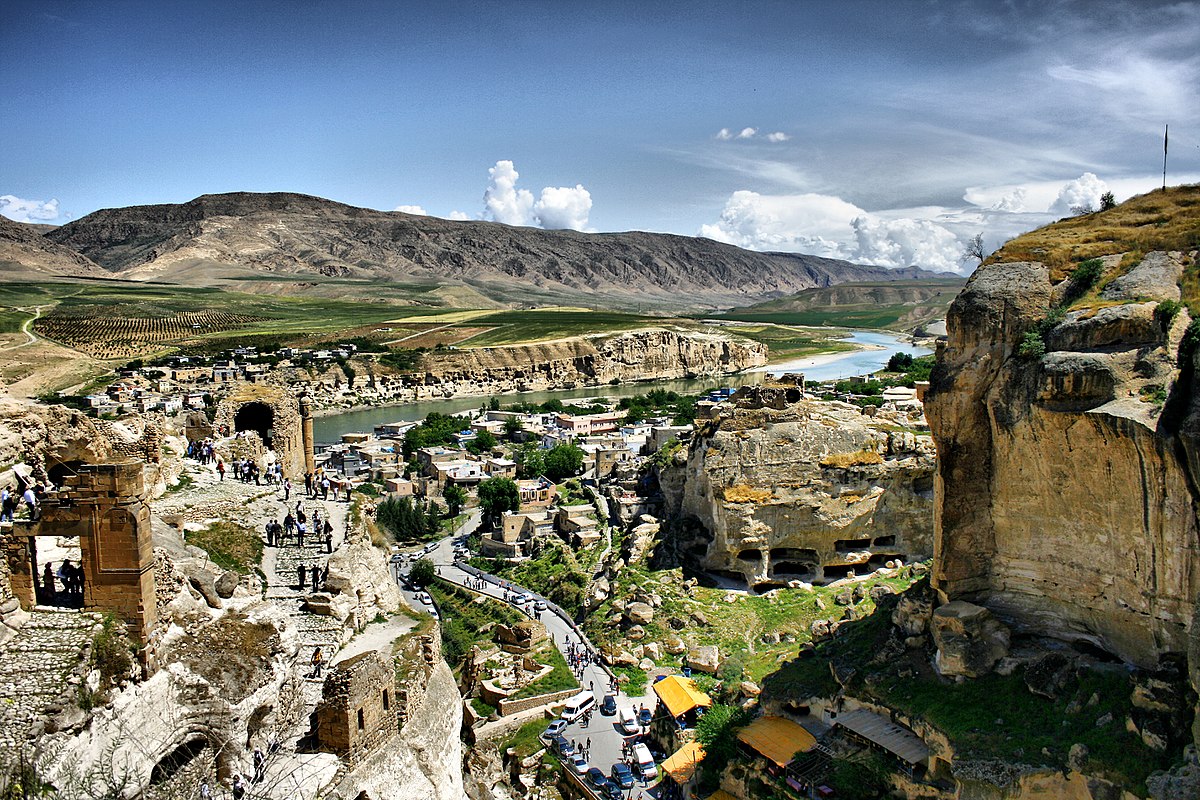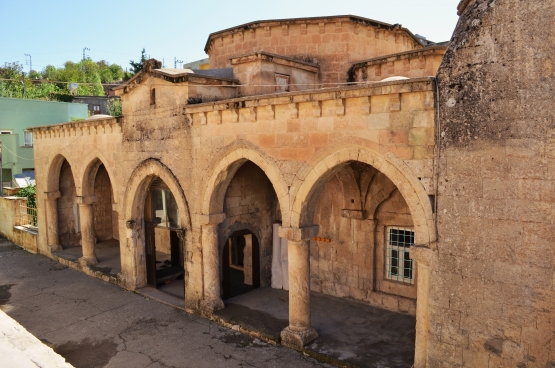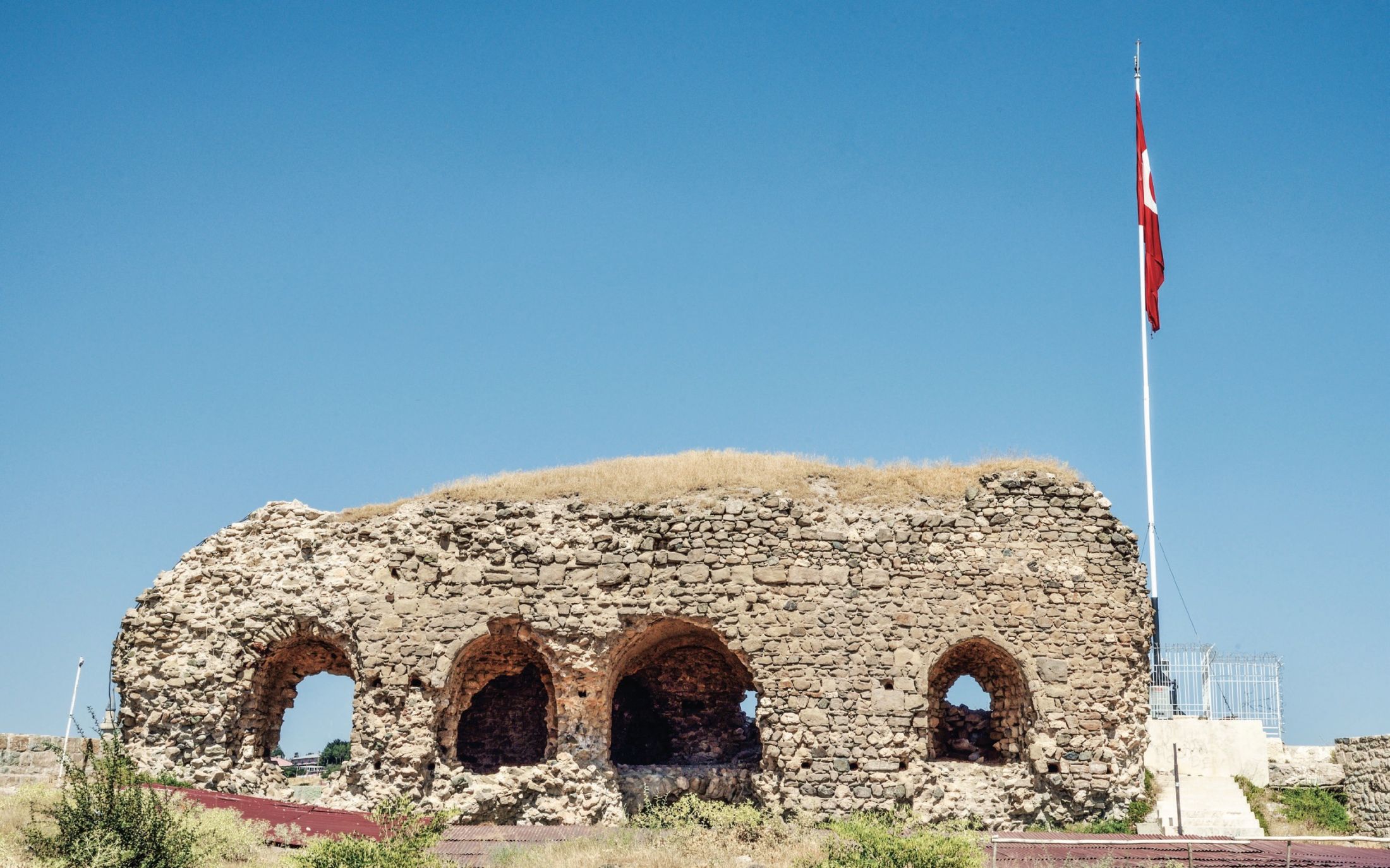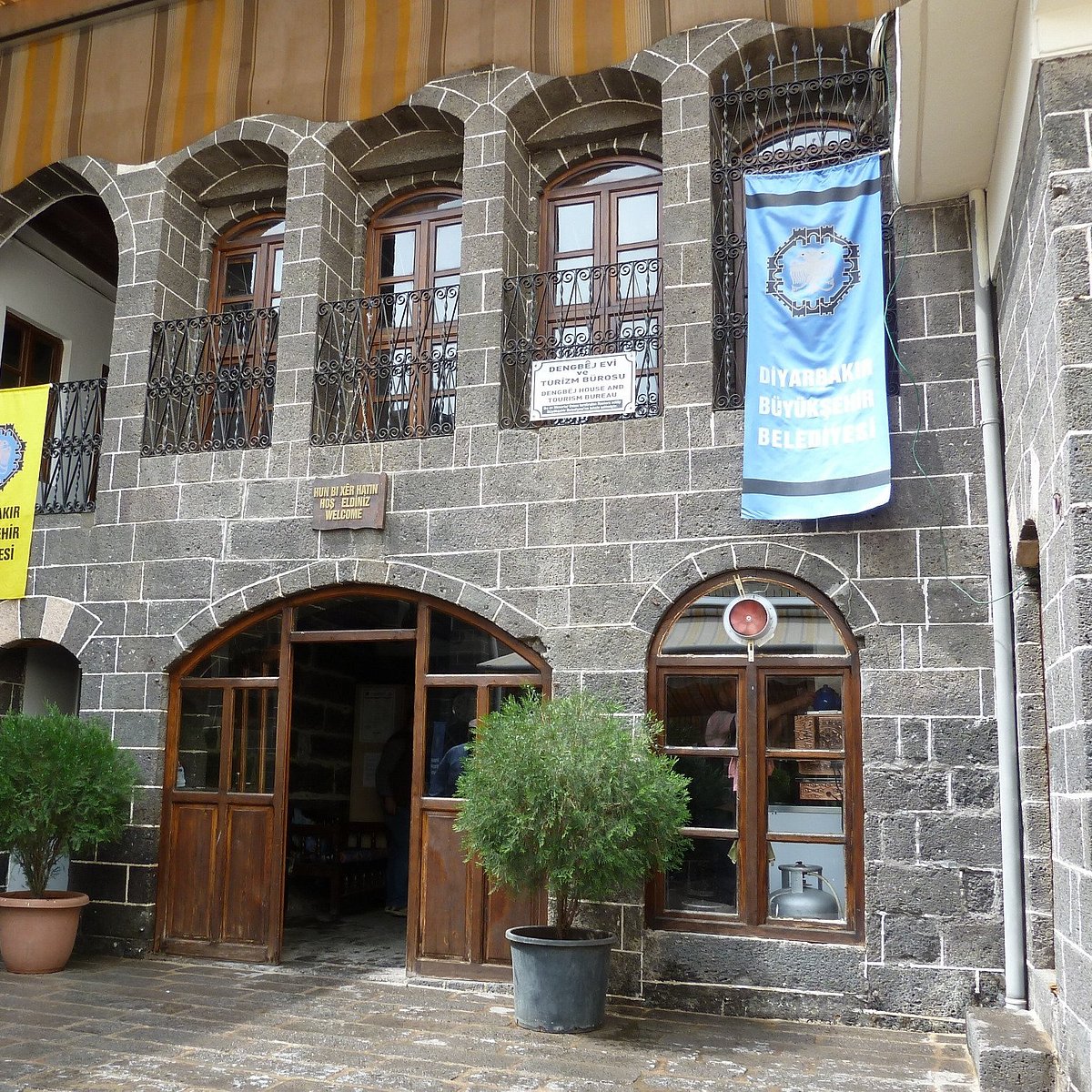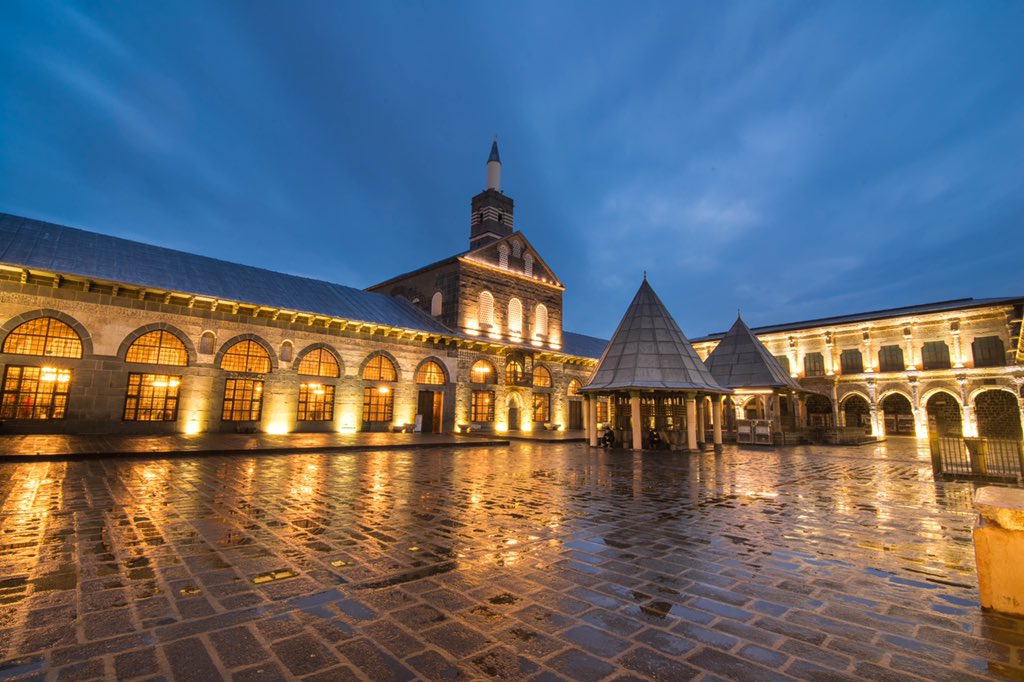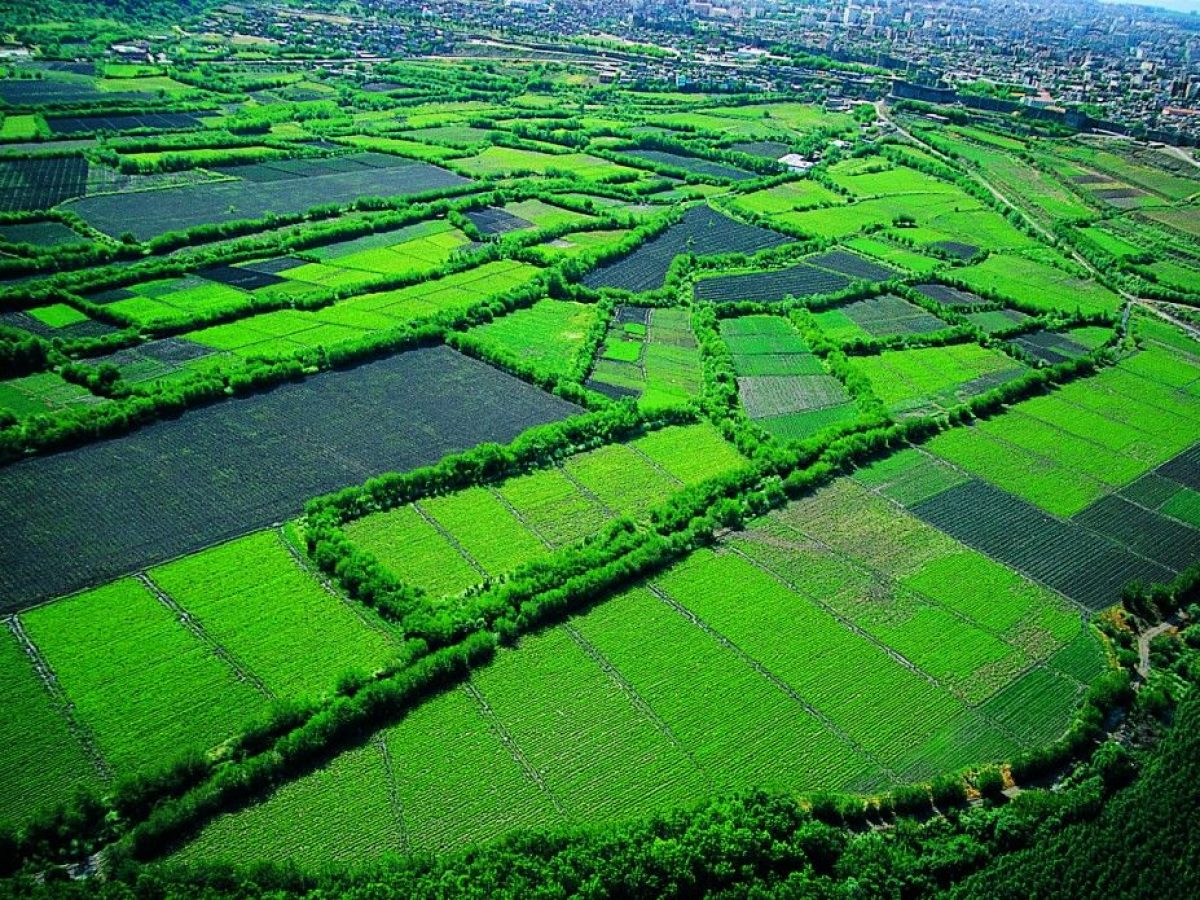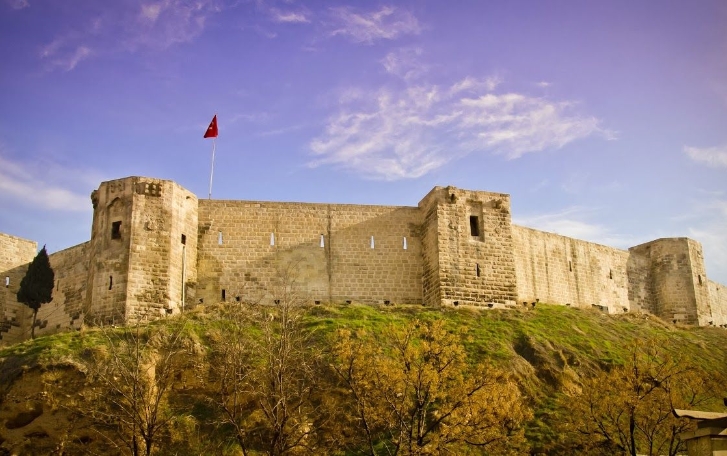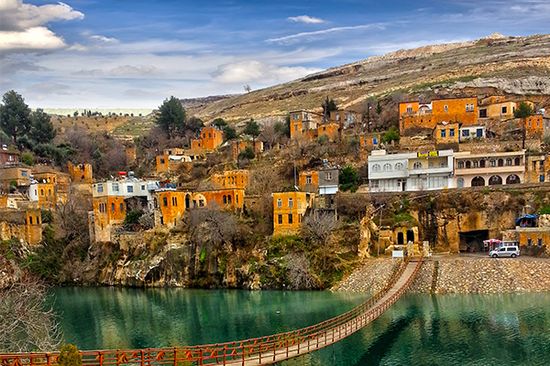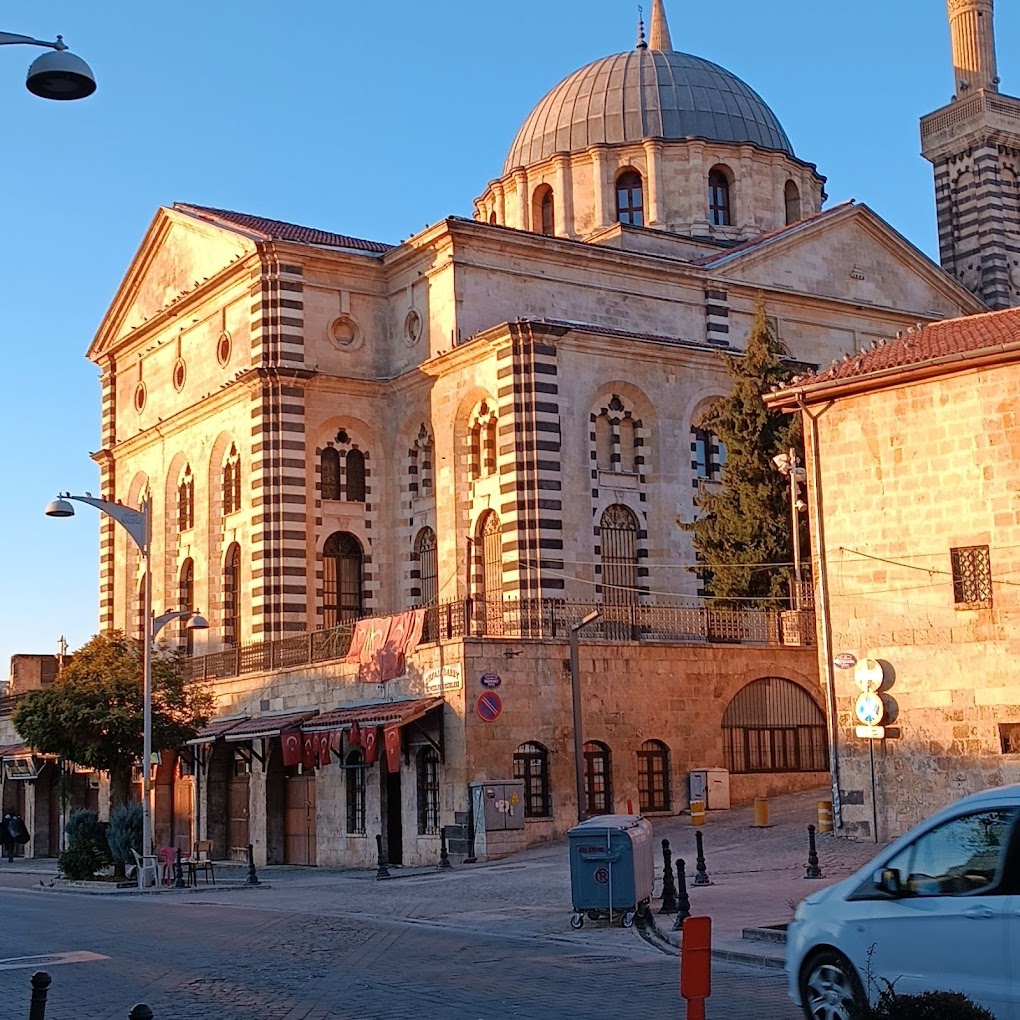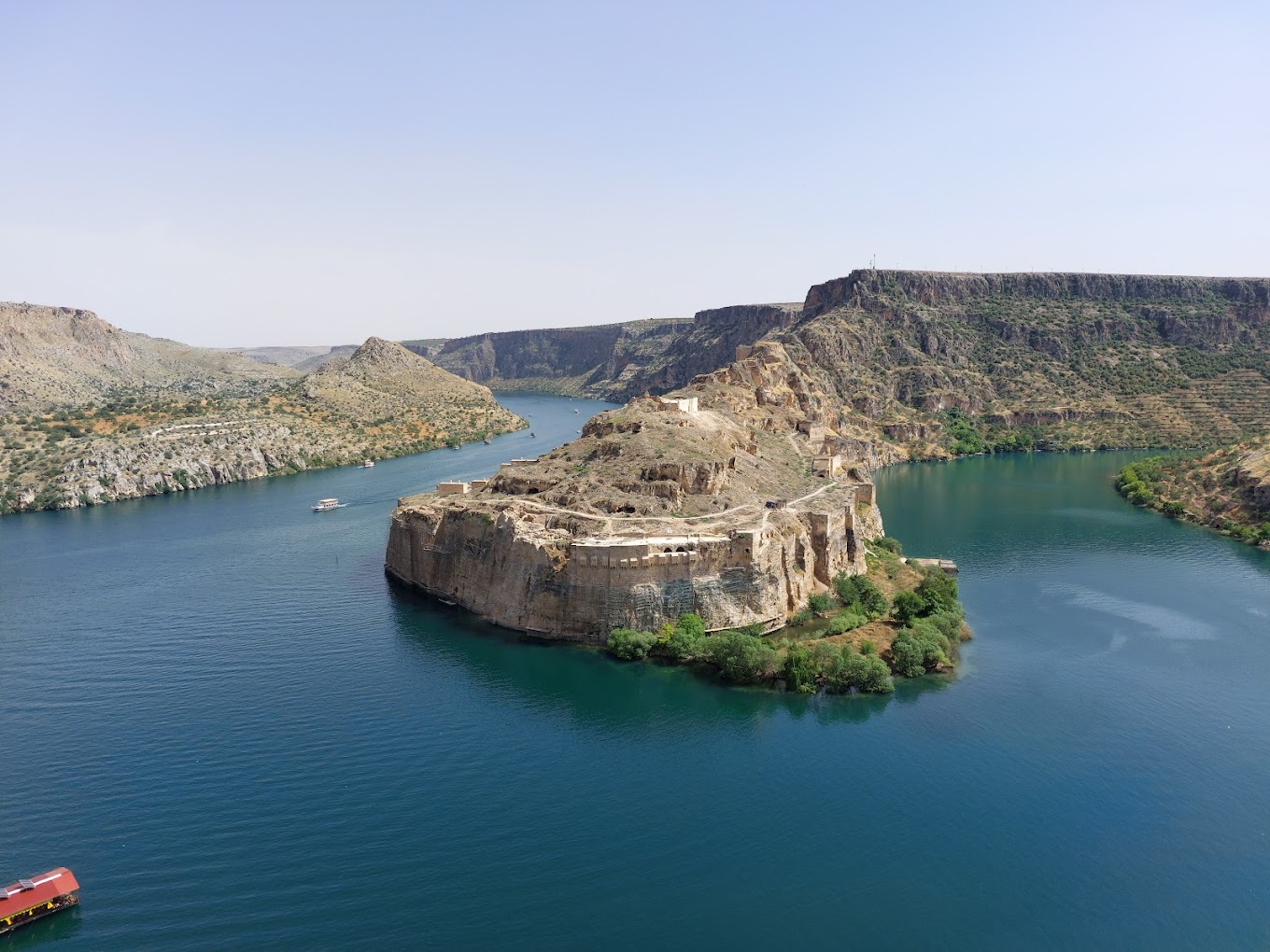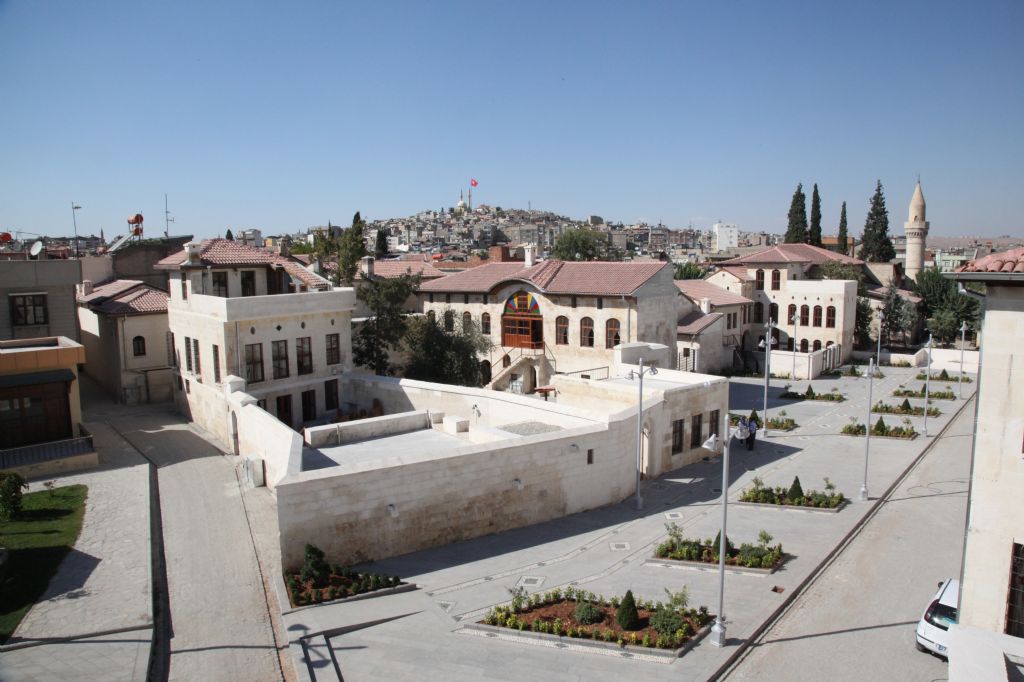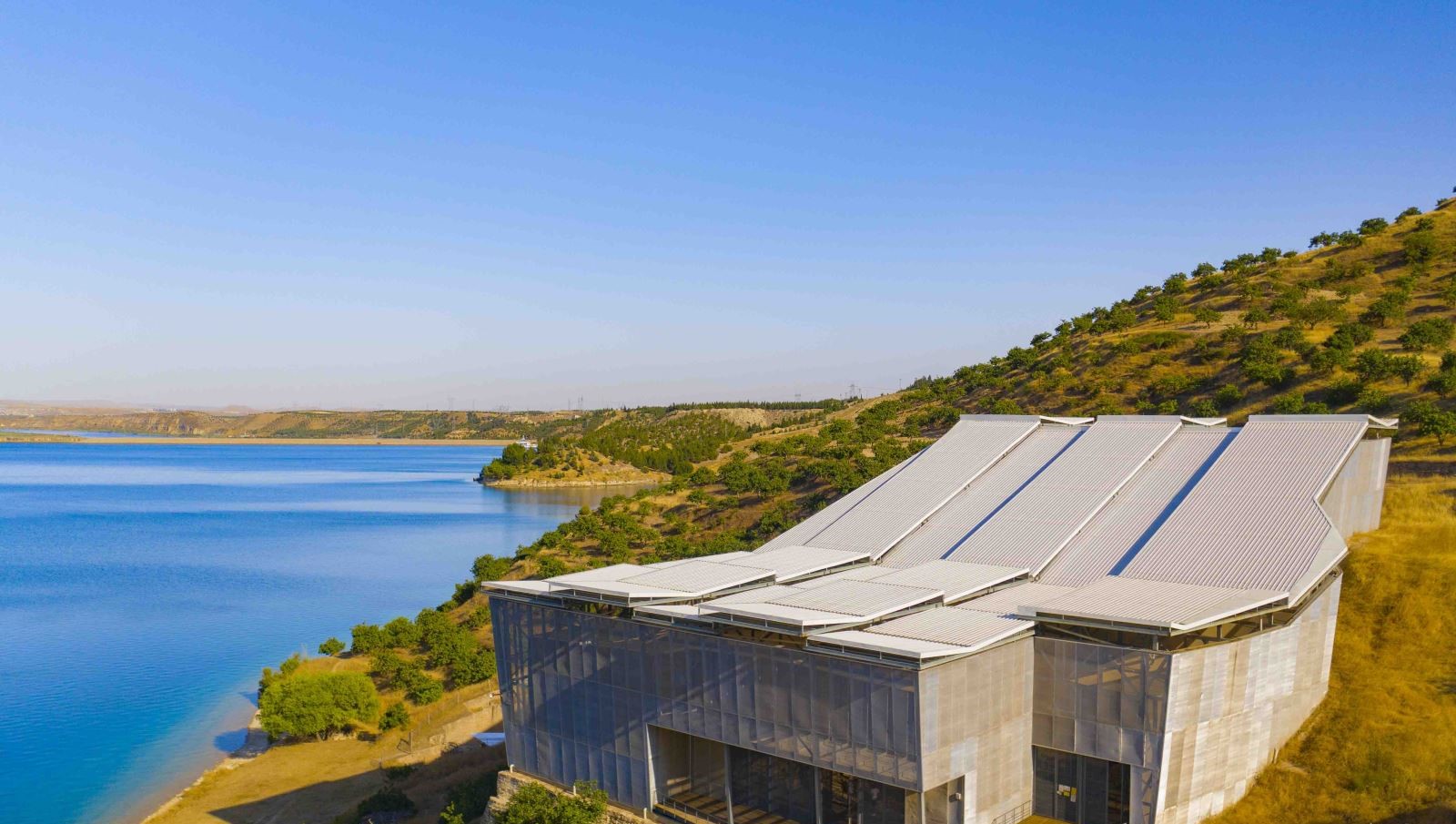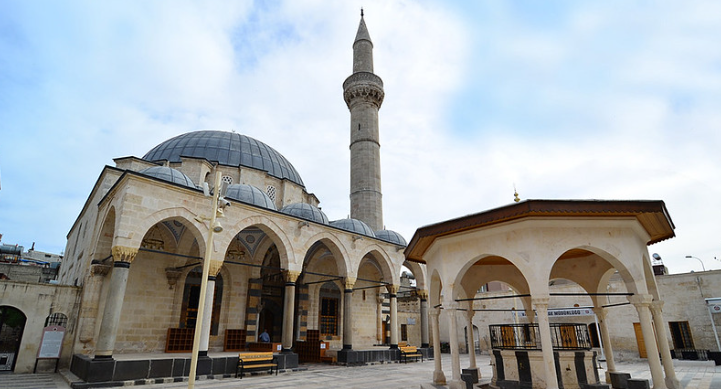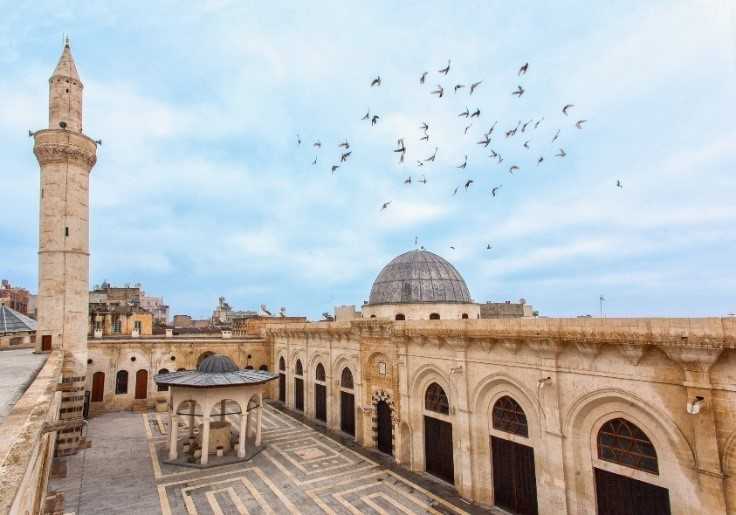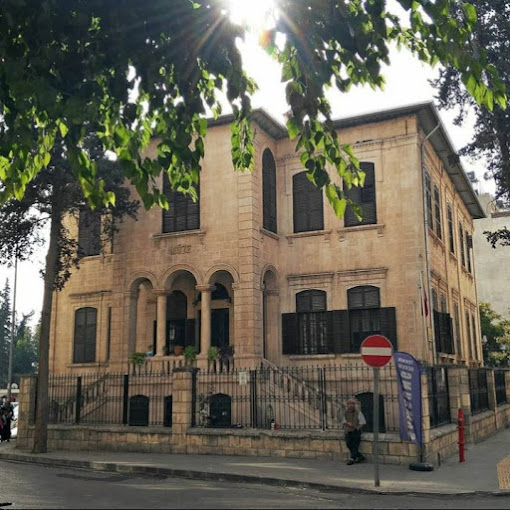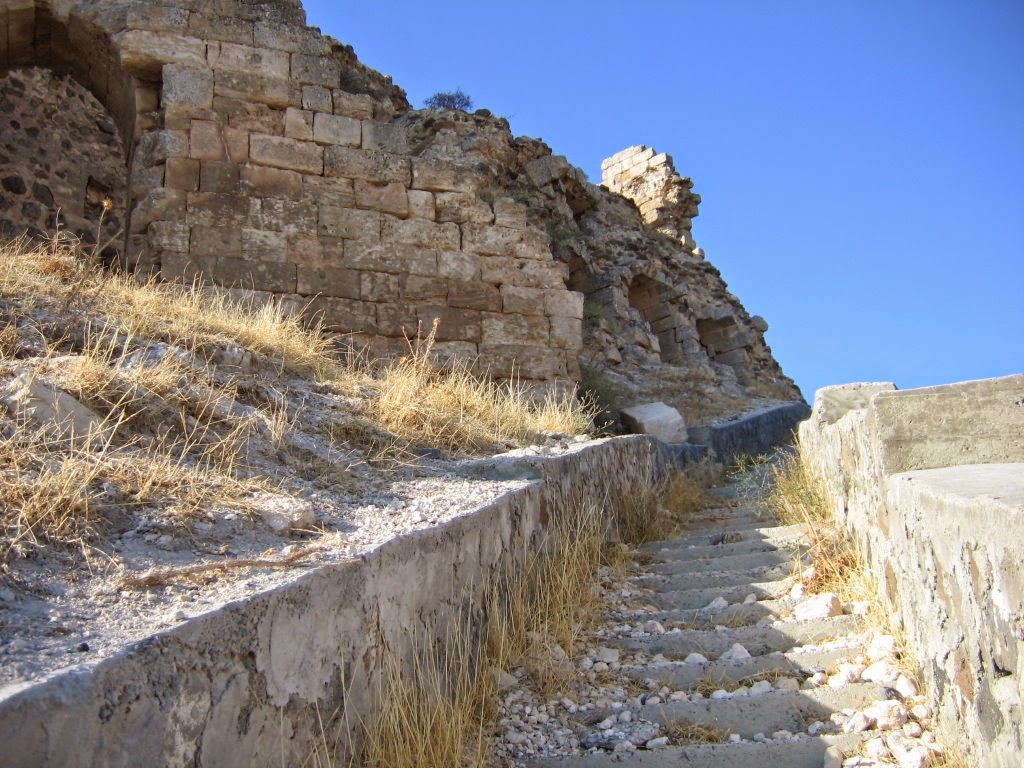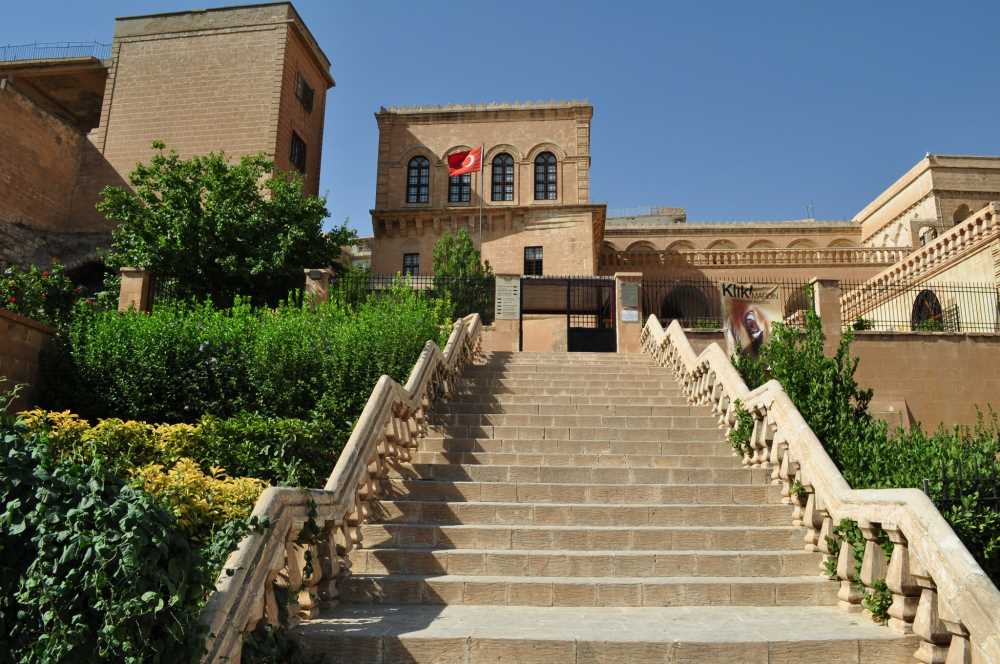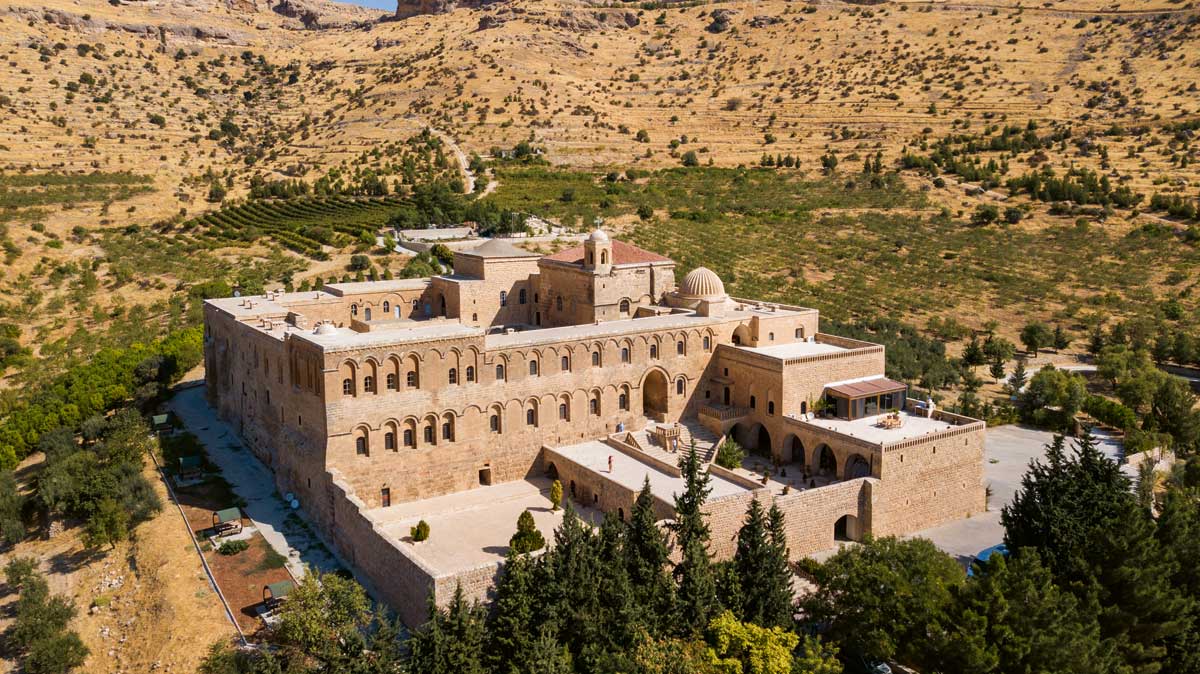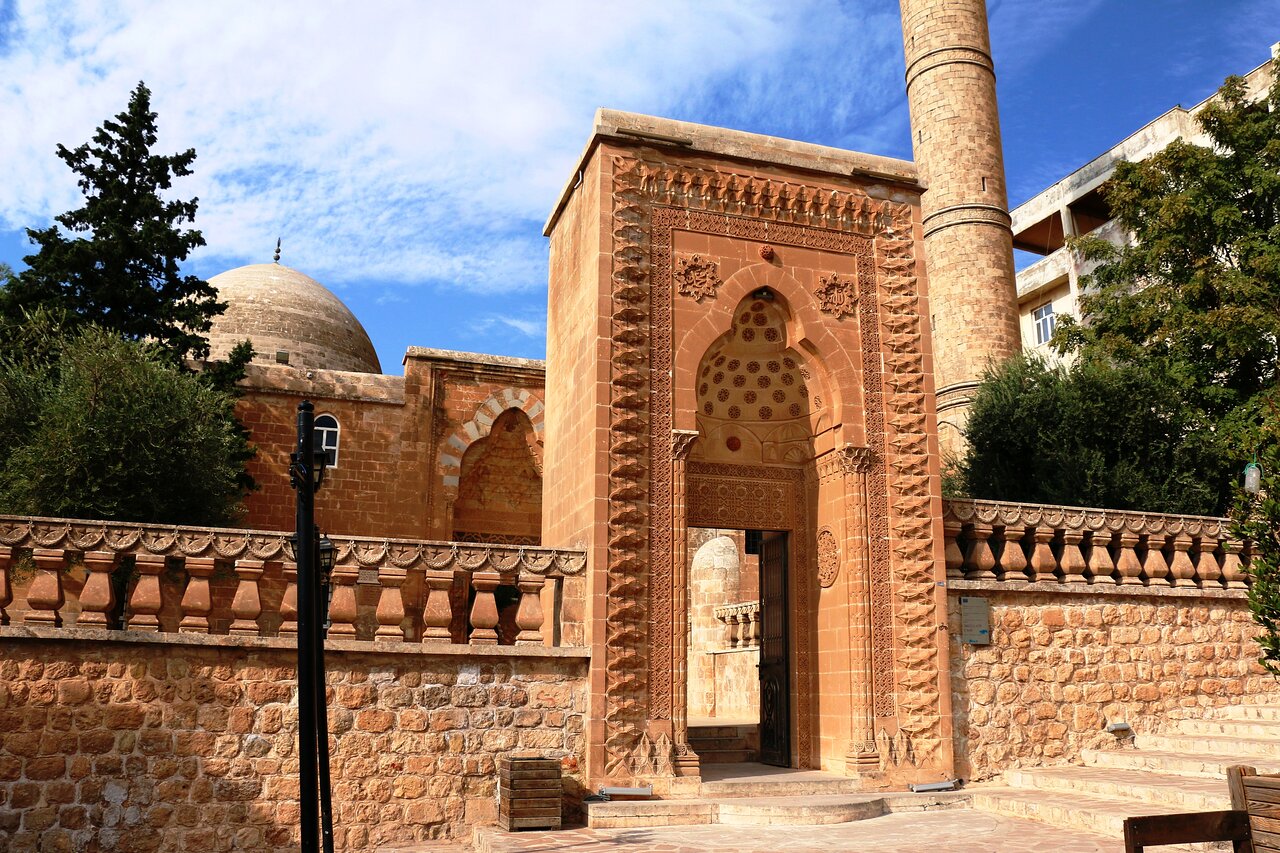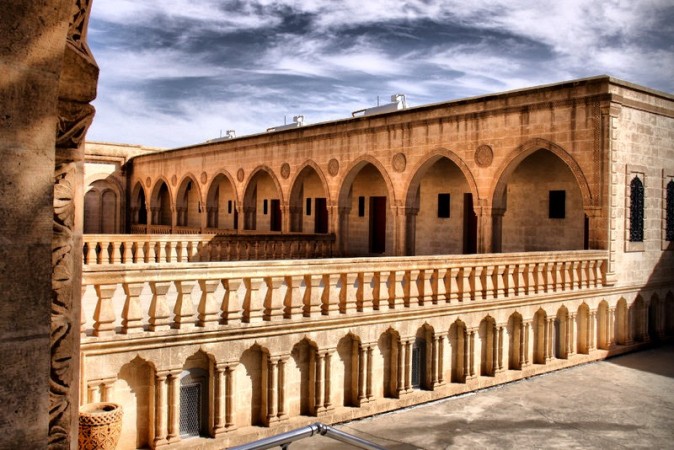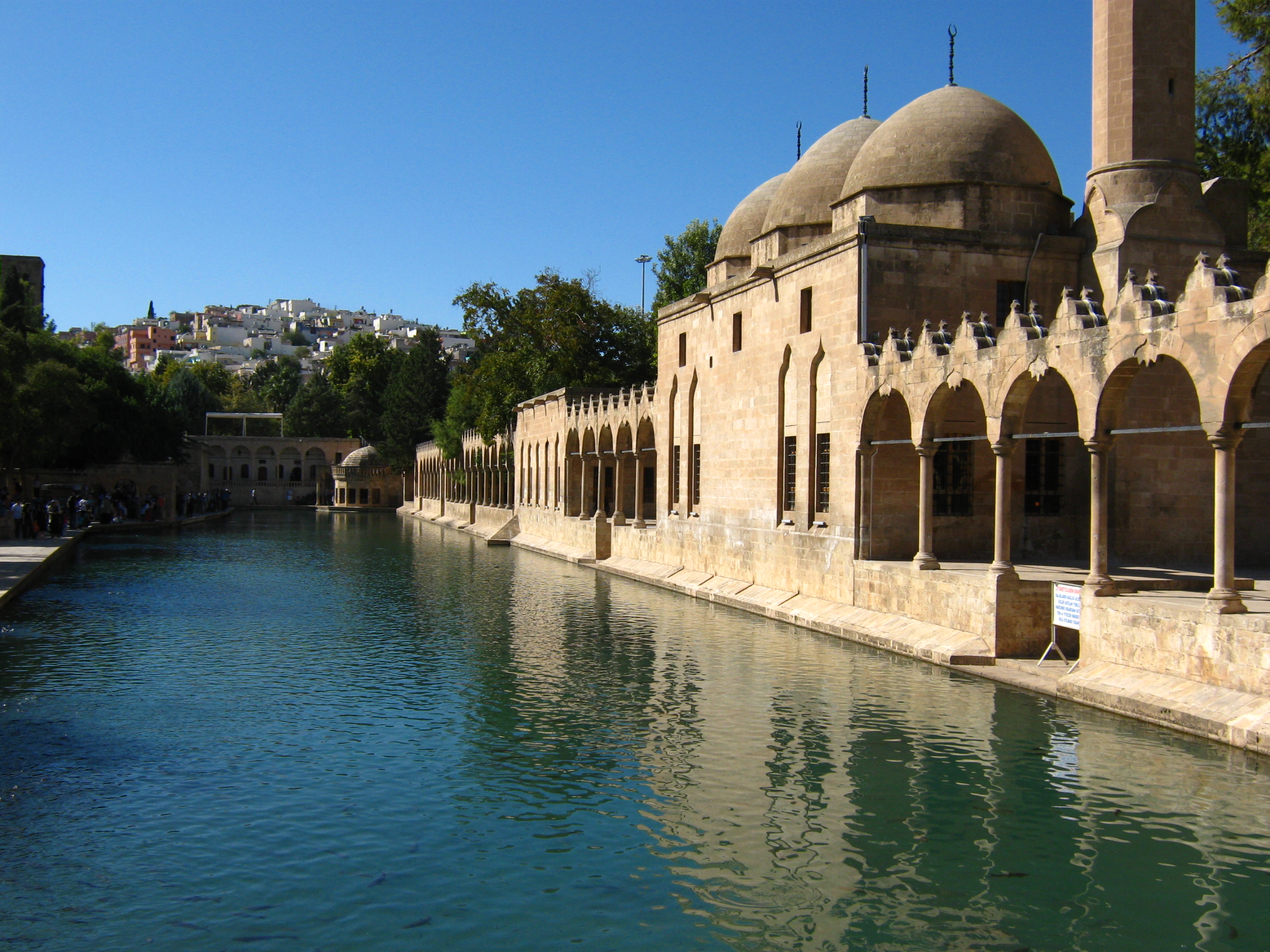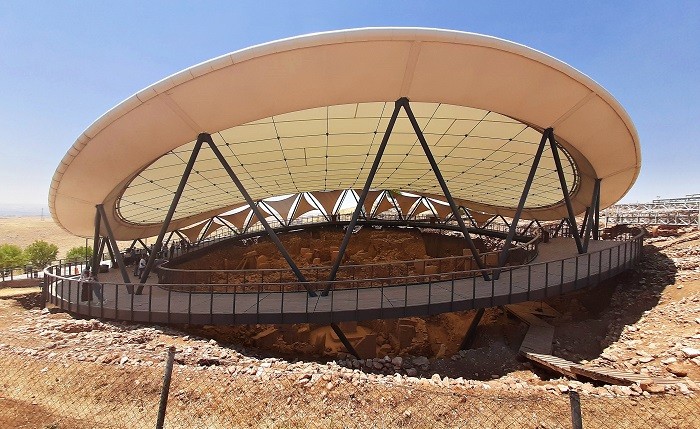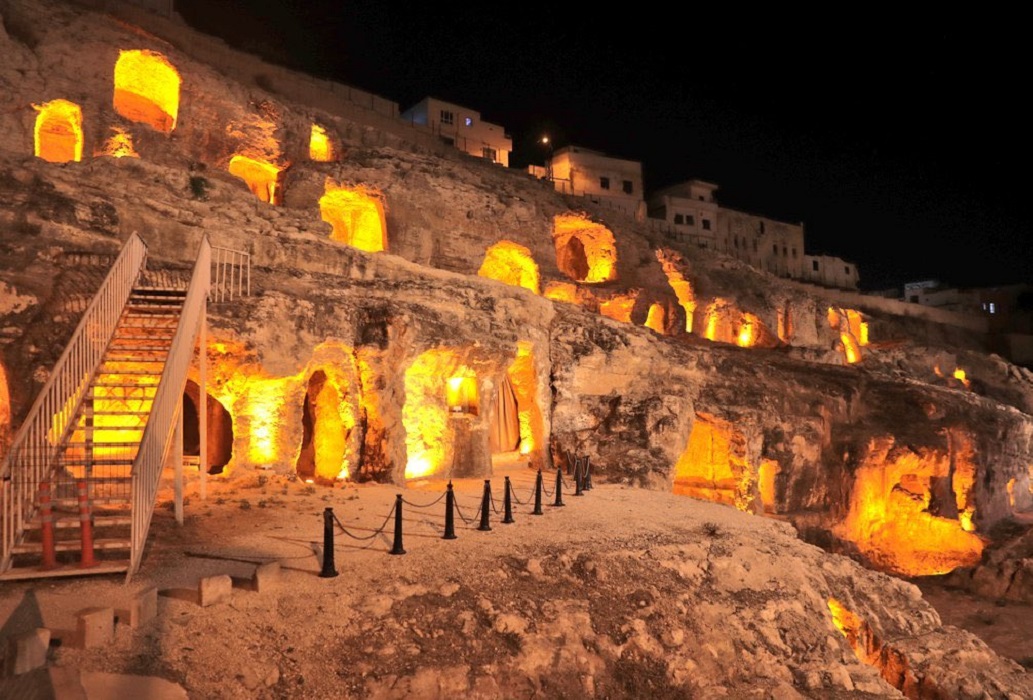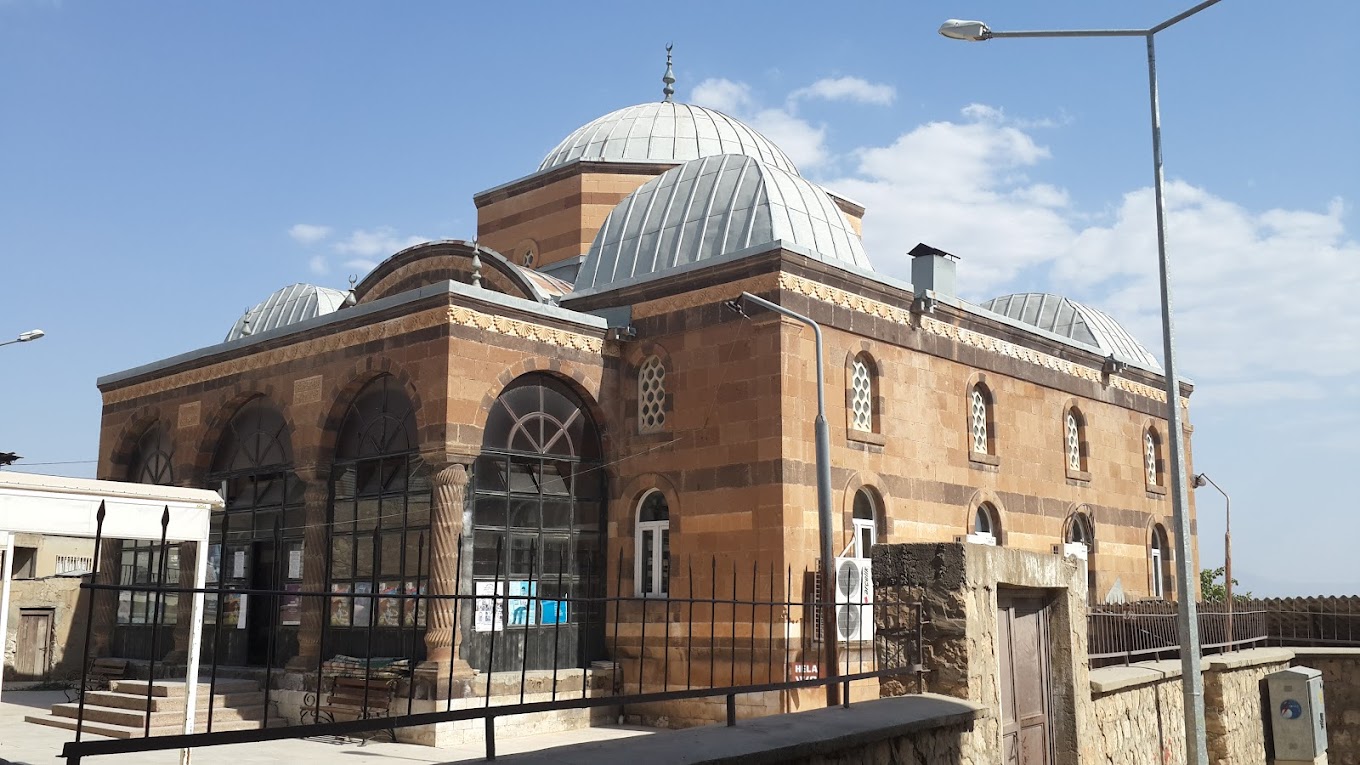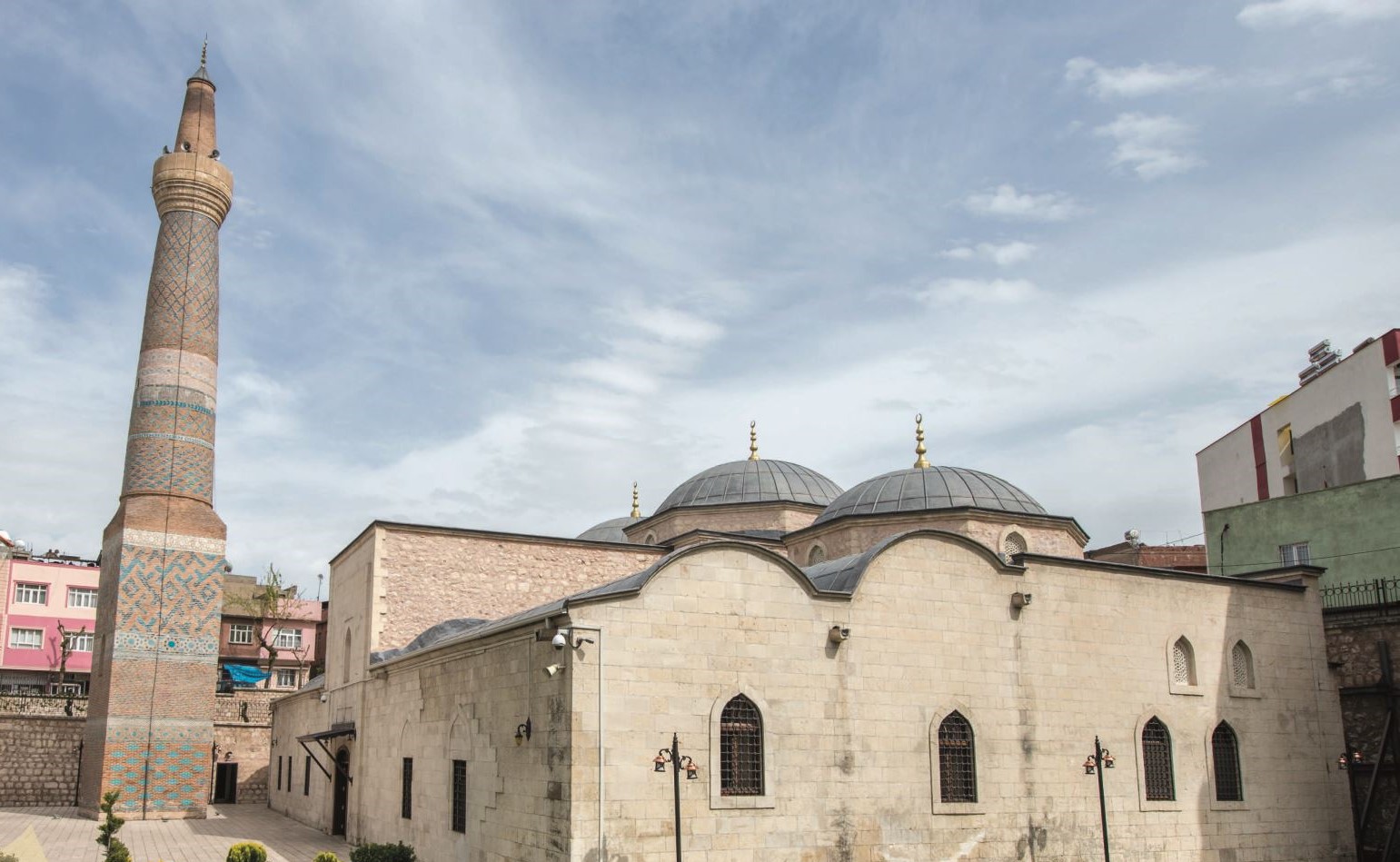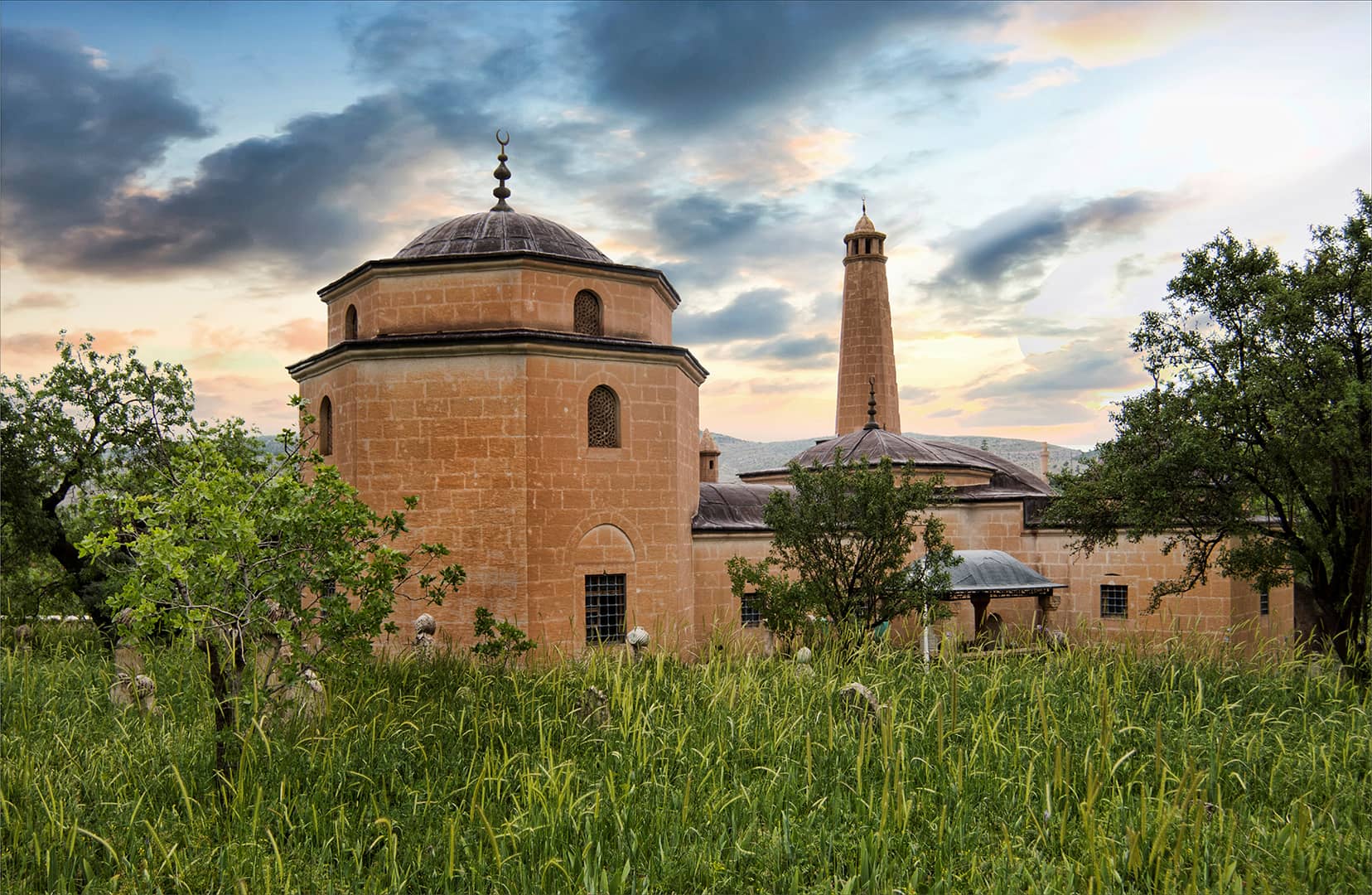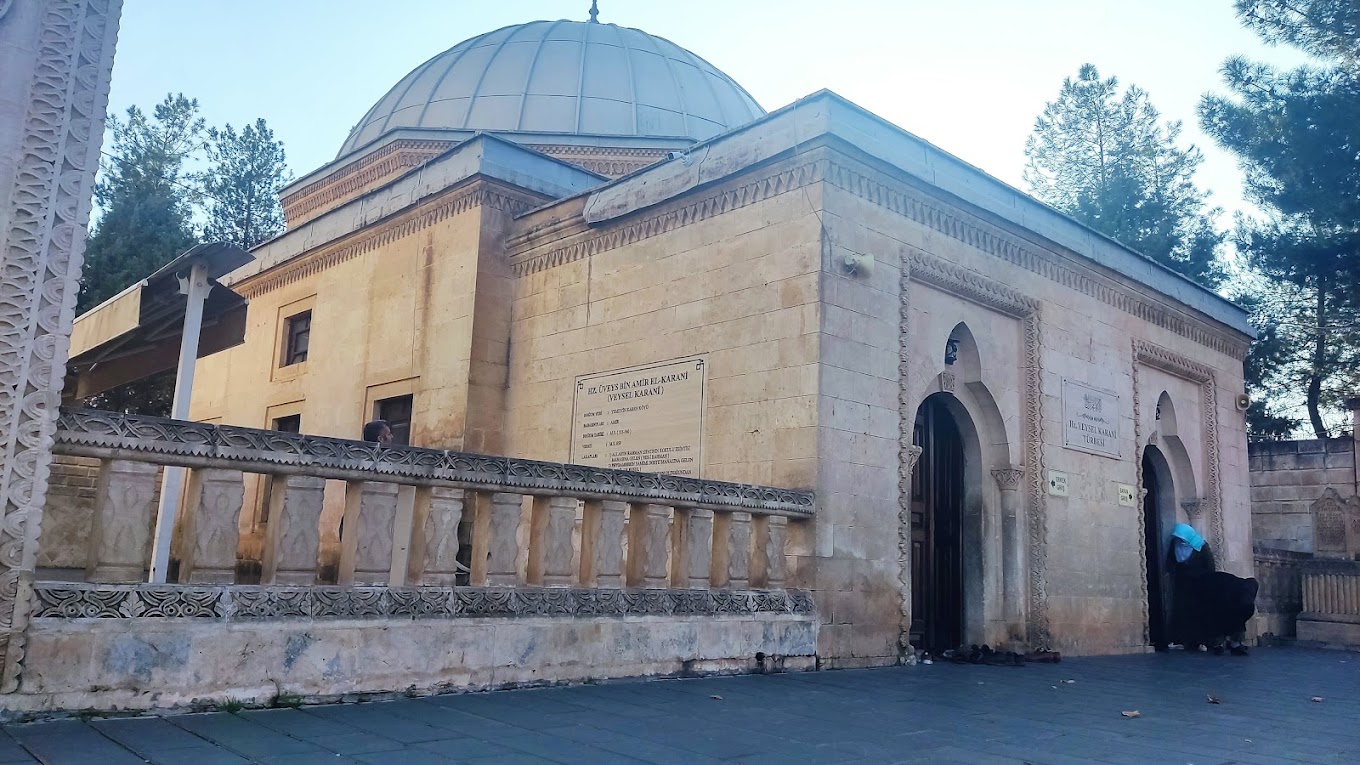The Prophet Süleyman Mosque and Tomb of the Companions
The Prophet Suleiman Mosque, also known as Kale Mosque, Nasiriyye Mosque, Mashhad Mosque or Murtaza Pasha Mosque, is a historical mosque located in the Sur district of Diyarbakir. The mosque, which was built by the Inaloğulları Principality, is also known as the 27 Companions Tomb due to the tombs it contains. Today's mosque bears the traces of the İnaloğulları and Ottoman periods.
From the inscriptions on the minaret of the mosque, it is understood that it was built in 1160 by Nisanoğlu Kemaleddin Ebu'l Kasım Ali (1156-1179) during the reign of the İnaloğulları Principality (Nisanoğulları). During the Ottoman period, the mosque was expanded for the first time by Suleiman the Magnificent and a foundation charter was arranged in its name. IV. During the reign of Murad I, the mosque was repaired by Silahtar Murtaza Pasha, who was the governor of Diyarbekir Province between 1631 and 1633, and new additions such as tomb, fountain and toilet were made. Additions were made to the mosque in the second half of the 19th century and the first quarter of the 20th century. The mosque was repaired in 1960-61, 74, 75, 76, 77 and 2004.
The mosque consists of a group of structures built on a sloping land between two bastions belonging to the Diyarbakir Inner Castle walls. In the building complex, there is the mosque, the mausoleum and graveyard adjacent to the west of the mosque, the courtyard, the prayer place to the right of the western entrance gate, which is used to pray in the summer months, the ablution places with cloisters on the left, and the second mausoleum located in the north of the mosque. The mosque, which has a four-cornered minaret, is made of black cut basalt stone. The mosque is entered through two doors from the south and west, and there is a fountain with 12 fountains adjacent to the north wall of the mosque courtyard. In the section adjacent to the western wall of the mosque, there are the tombs of the famous Arab commander, Halid bin Velid's son Suleiman and other companions who died during the capture of the city by the Arabs. The tomb is connected to the first and second parts of the prayer area by a door and has a square plan. While there are Ottoman tiles on the walls of the mosque, the namazgah part is elevated from the courtyard with a row of stone-stepped benches. The ablution area is covered with four pendentive domes and the walls of the ablution area are covered with black basalt stone. The mosque has a longitudinal rectangular plan and the second tomb, portico and tombs on the south arm surrounding it from the outside are not original but are changes from the 17th century and later.
The mosque has a total of 12 inscriptions, including construction and repair inscriptions. There is a construction inscription on the east side of the minaret. The inscriptions are surrounded from three directions by a half-groove and a flat molding.





